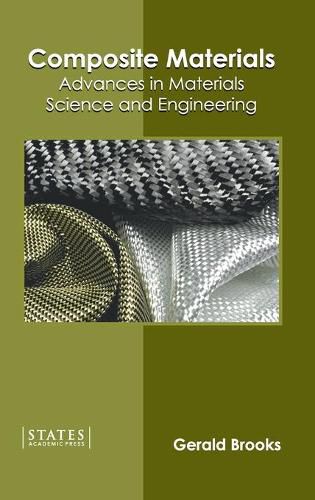Readings Newsletter
Become a Readings Member to make your shopping experience even easier.
Sign in or sign up for free!
You’re not far away from qualifying for FREE standard shipping within Australia
You’ve qualified for FREE standard shipping within Australia
The cart is loading…






A composite material is formed by joining two or more materials with different physical and chemical properties to form a new material with desired characteristics. The new material formed might be stronger and lighter than the constituent materials. Some everyday examples of composites are papier-mache, plywood and translucent concrete. On the basis of the type of matrix, they can be classified into metal ceramic matrix composite, metal matrix composite, sandwich structured composite and monolithic structured composite. Manufacturing processes for composites include tufting, winding and z-pinning. Carbon fibre composites and kevlar are being extensively used in automobile, aerospace and military applications to create lightweight machines and equipment. This book traces the progress of this field and highlights some of its key concepts and applications. It will also provide interesting topics for research which interested readers can take up. A number of latest researches have been included in this book to keep the readers up-to-date with the global concepts in this area of study.
$9.00 standard shipping within Australia
FREE standard shipping within Australia for orders over $100.00
Express & International shipping calculated at checkout
A composite material is formed by joining two or more materials with different physical and chemical properties to form a new material with desired characteristics. The new material formed might be stronger and lighter than the constituent materials. Some everyday examples of composites are papier-mache, plywood and translucent concrete. On the basis of the type of matrix, they can be classified into metal ceramic matrix composite, metal matrix composite, sandwich structured composite and monolithic structured composite. Manufacturing processes for composites include tufting, winding and z-pinning. Carbon fibre composites and kevlar are being extensively used in automobile, aerospace and military applications to create lightweight machines and equipment. This book traces the progress of this field and highlights some of its key concepts and applications. It will also provide interesting topics for research which interested readers can take up. A number of latest researches have been included in this book to keep the readers up-to-date with the global concepts in this area of study.